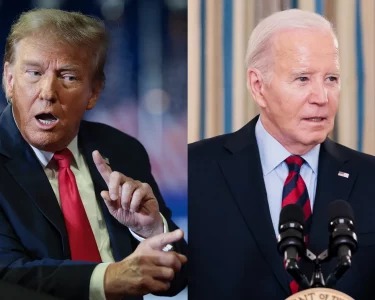In recent years, the term “infrastructure” has been at the forefront of public discourse, with discussions centered around repairing roads, bridges, and other physical assets. However, the government is also investing in social capital to strengthen communities and improve quality of life for citizens. This article will explore what social capital is, how it’s being invested in by the government, and the impact it’s having on communities.
Firstly, what is social capital? Simply put, social capital refers to the networks, relationships, and norms that facilitate cooperation among individuals and groups. This can include things like civic engagement, trust between community members, and the presence of strong community organizations.
One way the government is investing in social capital is through community development programs. These programs provide funding for community organizations to undertake projects that strengthen the social fabric of their communities. For example, a community organization might use this funding to establish a community garden or create a public art installation. These projects not only provide tangible benefits to the community, but they also help to build relationships and trust among community members.
Another way the government is investing in social capital is through programs that support volunteerism and civic engagement. These programs provide opportunities for citizens to give back to their communities, which in turn helps to build stronger connections between individuals and groups. For example, AmeriCorps is a federal program that provides opportunities for individuals to serve their communities through a variety of service projects. This type of program not only benefits the communities being served, but it also helps to build a sense of community among the volunteers themselves.
The impact of these investments in social capital can be seen in communities across the country. Stronger relationships between community members can lead to increased trust, which in turn can lead to a more cohesive and supportive community. When individuals feel connected to their community, they’re more likely to participate in civic life and take an active role in shaping the future of their community.
In conclusion, while infrastructure is important, it’s not the only type of investment that the government is making in our communities. By investing in social capital, the government is helping to strengthen the networks and relationships that make our communities thrive. As we move forward, it’s important to continue to recognize the value of these investments and work to ensure that they’re sustained over time.




